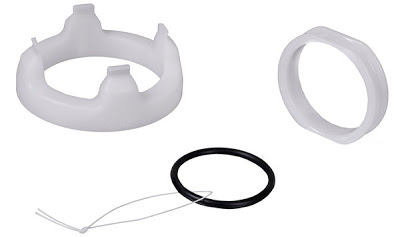 As part of a campaign to reduce HIV infections in Africa, groups such as the Bill & Melinda Gates Foundation are advocating the use of the above “simpler” circumcision method. The new procedure is intended to speed the rate of circumcisions in regions that have few doctors.
As part of a campaign to reduce HIV infections in Africa, groups such as the Bill & Melinda Gates Foundation are advocating the use of the above “simpler” circumcision method. The new procedure is intended to speed the rate of circumcisions in regions that have few doctors.
Circumcision is believe to protect heterosexual men because the foreskin has many Langerhans cells, which pick up viruses and “present” them to the immune system — which H.I.V. attacks. From the initial safety studies done so far, PrePex is clearly faster, less painful and more bloodless than any of its current rivals. And it relies on the simplest and least-threatening technology — a rubber band. The band compresses the foreskin against a plastic ring slipped inside it; the foreskin dies within hours for lack of blood and, after a week, falls off or can be clipped off “like a fingernail,” said Tzameret Fuerst, the company’s chief executive officer, who compared the process to the stump of an umbilical cord’s shriveling up and dropping off a few days after it is clamped. It is done with topical anesthetic cream, and there is usually no bleeding. And PrePex can be put in place and removed by nurses with about three days’ training.
Three separate studies have shown that circumcision can reduce HIV infection from vaginal sex by up to 60%. Another study was cut short when it became clear that circumcising men that are already infected provided no protection to women. In 2009 the CDC announced that it was considering recommending that American boys be circumcised at birth, but that policy was never formalized. No study has yet confirmed that circumcision provides any protection for gay men.
 Joe.My.God. LGBT News
Joe.My.God. LGBT News
